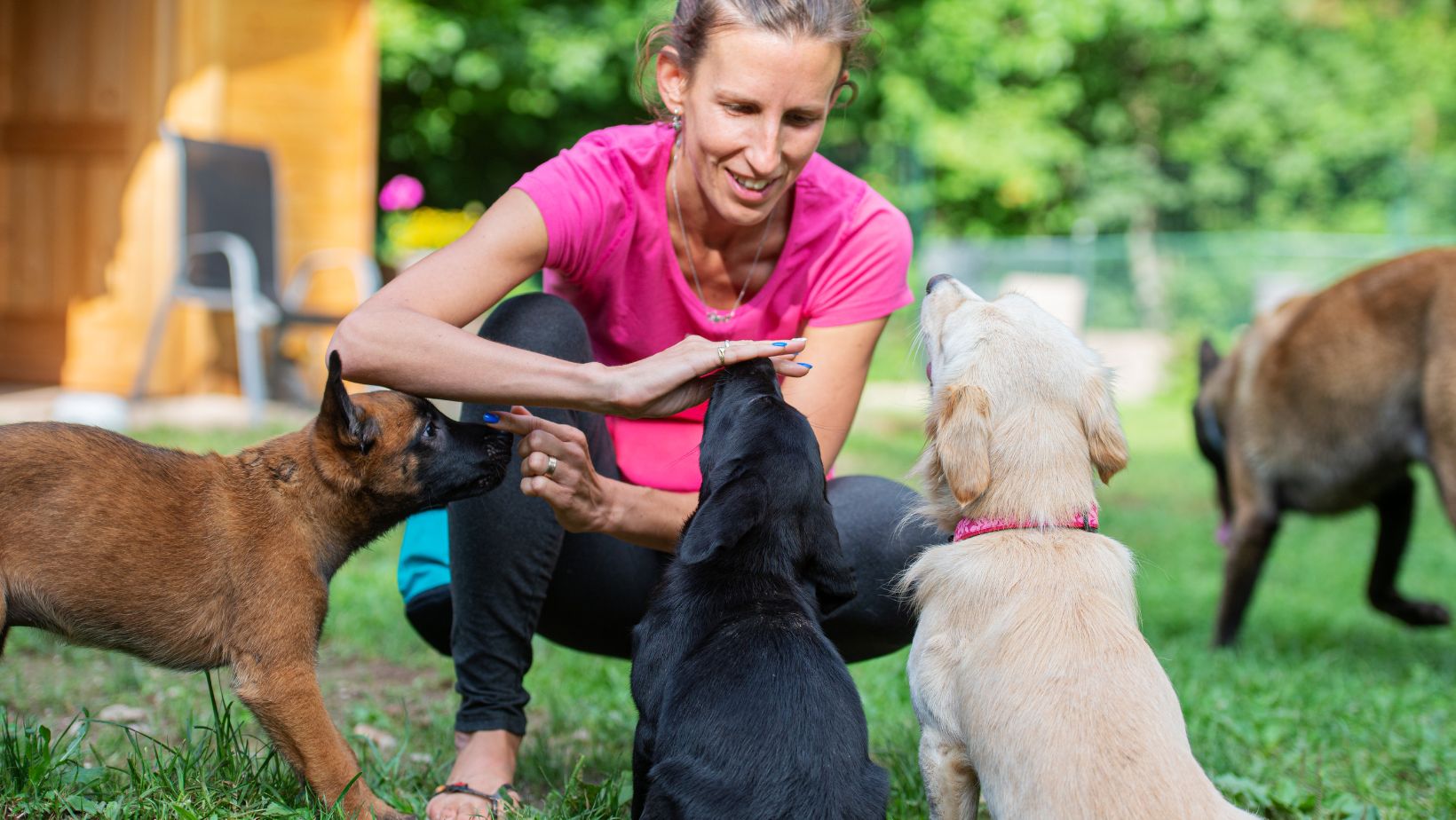
Therapy animals have become an increasingly popular way to provide emotional support and companionship for people in a variety of settings. Therapy animals are specially trained to provide comfort, affection, and socialization to individuals experiencing physical or mental health challenges. But what do therapy animals do, and how are they trained? In this article, we will explore the role and training of therapy animals and provide examples of some common types of therapy animals.
What do Therapy Animals Do?
Therapy animals provide emotional support and comfort to people in various contexts. They can help to reduce stress, anxiety, and depression and improve mood and socialization. Therapy animals can be found in a variety of settings, including hospitals, rehabilitation centers, nursing homes, schools, and community events. Pet friendly rehabs are increasingly recognizing the therapeutic benefits of animal companionship, allowing patients to bring their furry friends along on their healing journey. The specific tasks and activities performed by therapy animals depend on the setting and the needs of the individual.
Some common tasks performed by therapy animals include the following:
- Providing affection and companionship
- Participating in games and activities
- Assisting with physical therapy or rehabilitation
- Helping to reduce anxiety or stress
- Providing motivation and encouragement

Therapy animals can also provide socialization and emotional support in non-clinical settings, such as airports or universities.
How are Therapy Animals Trained?
Therapy animals are specially trained to provide emotional support and comfort to people. The training process typically involves socialization, obedience training, and exposure to a variety of environments and situations. Therapy animals can be any species as long as they can be trained to interact positively with people. Dogs are the most commonly used therapy animals, but other animals, such as cats, horses, and rabbits, can also be effective therapy animals. Animal-assisted therapy programs typically require that therapy animals meet certain criteria to participate.
These criteria may include the following:
- A friendly and calm demeanor
- Good social skills with people and other animals
- Basic obedience training
- Good health and hygiene
- Up-to-date vaccinations and certifications
- A stable temperament
Therapy animals typically work with a handler who is responsible for their care and supervision. Handlers may be volunteers or professionals, such as therapists or health care workers. Handlers work with therapy animals to provide appropriate interventions and to monitor the animal’s behavior and well-being.
Examples of Therapy Animals
There are many types of therapy animals, each with their own unique characteristics and abilities. Some common examples of therapy animals include the following:
- Dogs: Dogs are the most commonly used therapy animals. They can be trained to provide a range of interventions, including emotional support, physical assistance, and sensory stimulation.
- Cats: Cats are another popular therapy animal due to their affectionate and calming nature. They are often used in nursing homes and other settings where residents may benefit from a calm and comforting presence.

- Horses: Horses are used in equine-assisted therapy programs to help improve physical, emotional, and cognitive abilities. Horses can be especially helpful for individuals with mobility or balance issues.
- Rabbits: Rabbits are often used in animal-assisted therapy programs for children due to their gentle and calm nature. They can help children improve their social skills and reduce anxiety.
- Birds: Birds can also be used as therapy animals, providing a calming and soothing presence for individuals in a variety of settings.
Conclusion
Therapy animals are an important and effective way to provide emotional support and comfort to people in a wide range of settings. They are specially trained to interact positively with people and provide a range of therapeutic interventions. Therapy animals can be a variety of species as long as they can be trained to interact appropriately with people. With appropriate training and supervision, therapy animals can provide a valuable source of comfort and emotional support for individuals experiencing physical or mental health challenges.















